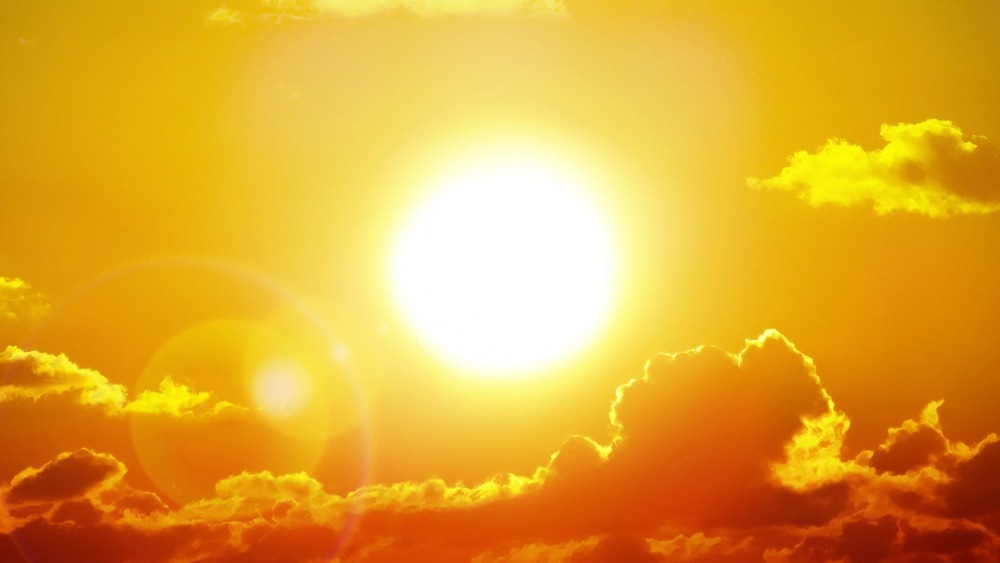Climate-simulation models that incorporate a new computing concept may save tens of thousands of lives by aiding preparations for extreme heat waves, especially in places known for cool summers.

Image Credit: Ed Connor/Shutterstock.com
The “ensemble boosting” concept employs computationally efficient modeling to simulate a large set of severe but plausible heat waves, all while ignoring hundreds of hours of high–cost calculations on large computers.
The research, guided by researchers from ETH Zurich, Switzerland, and Cornell, was published in Nature Communications on August 22, 2023.
As a society, we don’t always need to learn from our mistakes. We can learn from our forecasts and predictions.
Flavio Lehner, Study Co-Author and Assistant Professor, Earth and Atmospheric Sciences, College of Agriculture and Life Sciences, Cornell University
Western North America, including the Pacific Northwest in the United States and British Columbia in Canada, will experience an unparalleled heat wave from late June to mid-July 2021. On June 29, 2021, Lytton, British Columbia, set a national Canadian record daily high temperature of 121.3 ºF. During the extreme heat wave, over 800 people died in Canada, and over 600 died in the United States.
Such an extreme event appeared unimaginable then, and questions arose about whether climate models could even simulate such an event.
However, utilizing ensemble boosting in present climate models, even more extreme heat events are seen as plausible in the face of intensifying climate change.
Ensemble boosting reruns the most extreme heat events observed in current computer climate models with subtle differences in the initial conditions—the butterfly effect, where small changes have large effects—to see if even more extreme heat events are possible.
Computationally, it’s much more affordable than running traditional climate model simulations, for hundreds or even thousands of years, in a computer and then find only two or three extreme heat wave events.
Angeline Pendergrass, Study Co-Author and Assistant Professor, Earth and Atmospheric Sciences, Cornell University
The aim of ensemble boosting, she explained, is to identify the envelope of how extreme an event can be simulated by a climate model.
One of the challenges we have in climate science are the long timescales that need to be observed or simulated to quantitatively describe what is possible or probable in a given climate state. Ensemble boosting is a way to sample the edges of the space of what is possible for an extreme event.
Angeline Pendergrass, Study Co-Author and Assistant Professor, Earth and Atmospheric Sciences, Cornell University
Lehner notes, “With meteorological models, in terms of the weather timescale, we can forecast heat waves quite well. If seven days from now we see that there is a heat wave on the horizon – and it looks like it’s going to be extreme—meteorologists are excellent at making those predictions.”
Lehner believes this is insufficient notice to organize cooling shelters for tens of thousands of people who do not normally have access to air conditioning. Long-term planning at the municipal level is required to prepare. Ensemble boosting generates the worst-case scenario for the coming decades in a model format that can be used for such planning.
Lehner adds, “With climate change, what are the most extreme heat waves one could experience this century—irrespective of when exactly they would happen? This is providing a longer-term perspective.”
“In the Pacific Northwest, the climate is often cooler than in other parts of North America. I heard the idea bandied about that it would be a good place to be during global warming because it doesn’t get too hot. I never heard arguments to the contrary. The Pacific Northwest heat wave event in 2021 was interesting because most people wouldn’t have thought it was physically possible before it happened,” Pendergrass says.
With the help of cutting-edge models, the team has determined that an extreme heat wave is possible after studying the Pacific Northwest, as well as the extreme temperatures in recent heat waves in Chicago and Paris.
Lehner concludes, “We can say with more confidence that extreme temperatures as portrayed by climate models are a definite possibility in the future. The climate models are up to the job.”
Erich M. Fischer, a professor at ETH Zurich, is the corresponding author of the study.
The National Center for Atmospheric Research, the National Science Foundation, and the US Department of Energy all provided funding to co-authors Pendergrass and Lehner, both faculty fellows at the Cornell Atkinson Center for Sustainability.
Journal Reference:
Fischer, E. M., et al. (2023). Storylines for unprecedented heatwaves based on ensemble boosting. Nature Communications. doi.org/10.1038/s41467-023-40112-4.